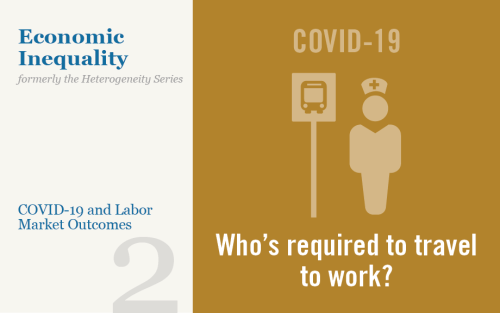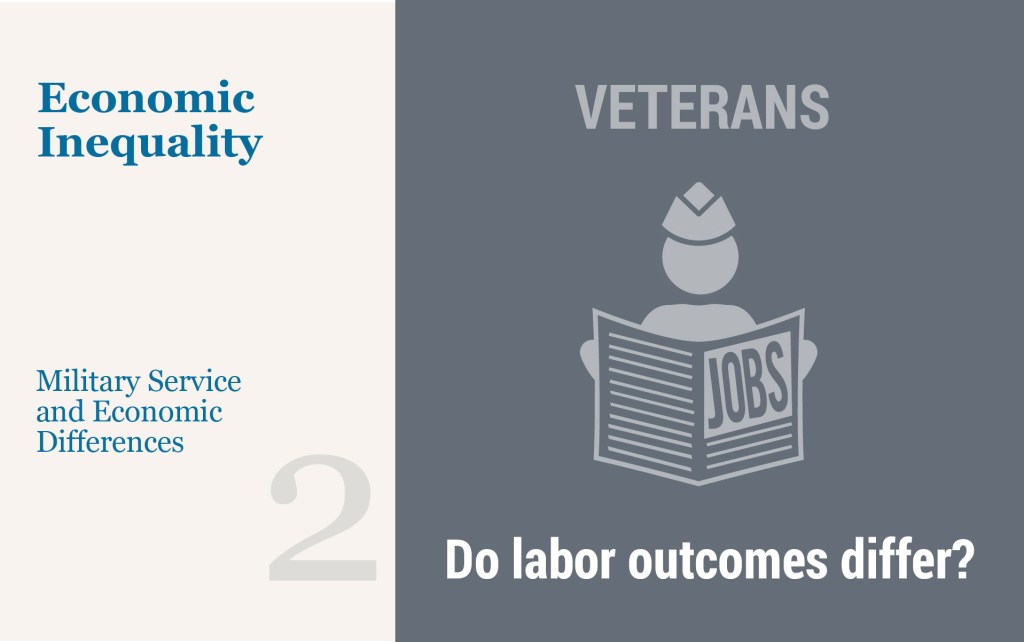Understanding the Racial and Income Gap in Commuting for Work Following COVID‑19

The introduction of numerous social distancing policies across the United States, combined with voluntary pullbacks in activity as responses to the COVID-19 outbreak, resulted in differences emerging in the types of work that were done from home and those that were not. Workers at businesses more likely to require in-person work—for example, some, but not all, workers in healthcare, retail, agriculture and construction—continued to come in on a regular basis. In contrast, workers in many other businesses, such as IT and finance, were generally better able to switch to working from home rather than commuting daily to work. In this post, we aim to understand whether following the onset of the pandemic there was a wedge in the incidence of commuting for work across income and race. And how did this difference, if any, change as the economy slowly recovered? We take advantage of a unique data source, SafeGraph cell phone data, to identify workers who continued to commute to work in low income versus higher income and majority-minority (MM) versus other counties.
Just Released: Introducing the SCE Labor Market Survey

The New York Fed has just released new data on individuals’ experiences and expectations in the labor market. These data have been collected every four months since March 2014 as part of the Survey of Consumer Expectations (SCE). In this post we introduce the SCE Labor Market Survey and highlight some of its features.
The Long‑Term Unemployed and the Wages of New Hires
This is the third in a series of blog posts on the topic of measuring labor market slack. In this post, we assess the relationships between short- and long-term unemployment and wages by comparing the differences in states’ experiences over the business cycle.
Good News or Bad on New York City Jobs?
Unlike much of the nation, New York City has seen a robust rebound in employment since the recession.











 RSS Feed
RSS Feed Follow Liberty Street Economics
Follow Liberty Street Economics